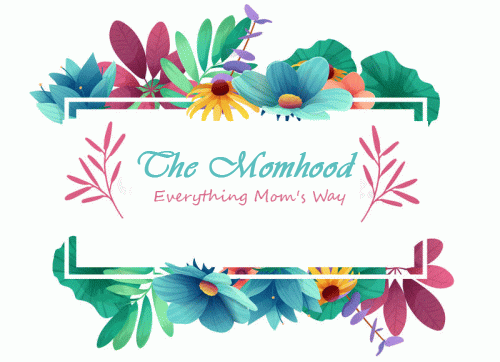As neighborhoods and countries at large start to re-emerge after being on lockdown because of the coronavirus pandemic, face coverings have become an important item for everyone to have on, including kids.
Scientific research has shown that the novel coronavirus can be spread by a carrier who is not showing any symptoms. They can easily spread the virus through sneezing, coughing, or speaking too close to others.
A face shield will not only prevent a child from spreading the coronavirus, they also offer coverage to their eyes as compared to face masks.
For adults, it’s easy to understand this concept. But with kids, it’s an entirely different scenario. How can we expect young kids to wear face masks for an entire day without removing them or just throwing them away? How do we make them understand they must wear masks in public without giving them a scare?
Then there’s the fact that kids have already started resuming normal school programs in various provinces in the country. This raises a concern for a lot of parents in light of the ongoing coronavirus pandemic which compelled school boards to put a stop to in-person learning for the school year.
A lot of caregivers want to know how their kids are going to stay safe from contaminating the coronavirus while in school. The thought of how kids can be messy with their face coverings when unsupervised is even worse.
Luckily, there are various kid-friendly options out there and stress-free methods to help your kid wear a face covering and keep it on. They are easy to clean and can be wiped down after every use. You don’t have to throw them into the trash or washing machine for cleaning.
How a Face Shield Works
Face shields are basically a curved plastic or plexiglass panel attached to a headband that covers the eyes and face from getting infected. The coverings used to make face shields vary in terms of rigidity, with others being designed to be highly scratch-resistant.
They are usually used by healthcare workers for various procedures that involve a high chance of body fluids splattering during the surgery.
When it comes to protecting the child against the coronavirus, face shields block against the oral droplets that cause Covid-19. These droplets will either drop to the ground or wiped off with a cleanser.
Face shields are also a great option when your child keeps getting their glasses foggy, getting dragon breath, or just doesn’t like having a sweaty mess across their face all the time.
Let’s take an in-depth look into how efficient face shields really are.
The Efficacy of Face Shields in Offering Protection Against COVID-19
According to pandemic preparedness expert Amesh Adalja, M.D, face shields are likely to be more efficient than other types of masks.
Another benefit of using a face shield is that it will put the child in a position where touching their face will be near impossible. With a mask, they may find themselves having to adjust its position numerous times, touching their face in the process thus transferring the pathogens to the face.
Overall, face shields provide a lot of protection to the mucous membranes of the child’s face where they might get infected.
There’s also the aspect of reusability where parents can simply clean a child’s face shield for them to use again. With disposable face masks, children are likely to discard them anyhow thus raising the infection risk of other children or people.
A study done by experts at the University of Iowa Carver College of Medicine found that face shield use reduces viral exposure by almost 97% for healthcare workers. They are able to do this because they effectively reduce the amount of inhalation exposure to oral droplets to the wearer.
When it’s warm outside, a child may find a face mask hot and uncomfortable. But with a face shield, the breathable air will be a lot cooler because the shield accommodates aeration and breathing in the sense that it doesn’t press tight against the nose and mouth.
The use of face shields has, however, come under some criticism and experts have had valid reasons as to why people should rethink their approach to face shields.
A face shield is ideal against the big particles that are conspicuous to the eye, however, as the particles get smaller, it becomes easy for them to go around the shield either through the chin area or across the sides. They can either be inhaled from there or latch onto the face of the wearer.
People have also reported that face shields are a bit bulky as compared to masks. This can be a highly uncomfortable experience for a child wearing one.
For these reasons, the CDC does not recommend that people or children wear face shields as they engage in their normal day to day activities.
In such cases, especially those that involve engaging various people during the day, it would be considered good practice to wear a mask under your face shield and maintain social distancing as much as you can. But for children, this would be asking too much, and is best to just stick to one comprehensive form of face covering.
Better To Be Safe Than Sorry
We may not know much about Covid-19 but what we are sure of at least is that the sooner everyone covers their faces, the quicker we’ll put a stop to the spread of the virus.
While the CDC has recommended cloth face masks for children aged 2 and above, for parents with notoriously active kids, alternatives such as face shields. However, face shields for children are not created the same. So, you need to put various factors into consideration such as size for the child, how well it fits, and what level of clarity it allows.
As a caring parent, it can be weird seeing your child wear protective gear across their face but retailers are doing what they can to structure face shields in a way that makes its wearing less eerie for children to and a lot easier for parents to see.


